Chip and Dip is a Data Comic that depicts a scenario for how people navigate in the future.
About >The idea of governing the internet is not new. The US created a corporation to oversee maintenance of the internet called Internet Corporation for Assigned Names and Numbers (ICANN). In 2016 (Farrell, 2016) ICANN changed it structure and became a global multi-stakeholder governance. Figure 1, bellow, is a diagram ICANN released explaining the different organisations that play a part in running the internet and the structure.
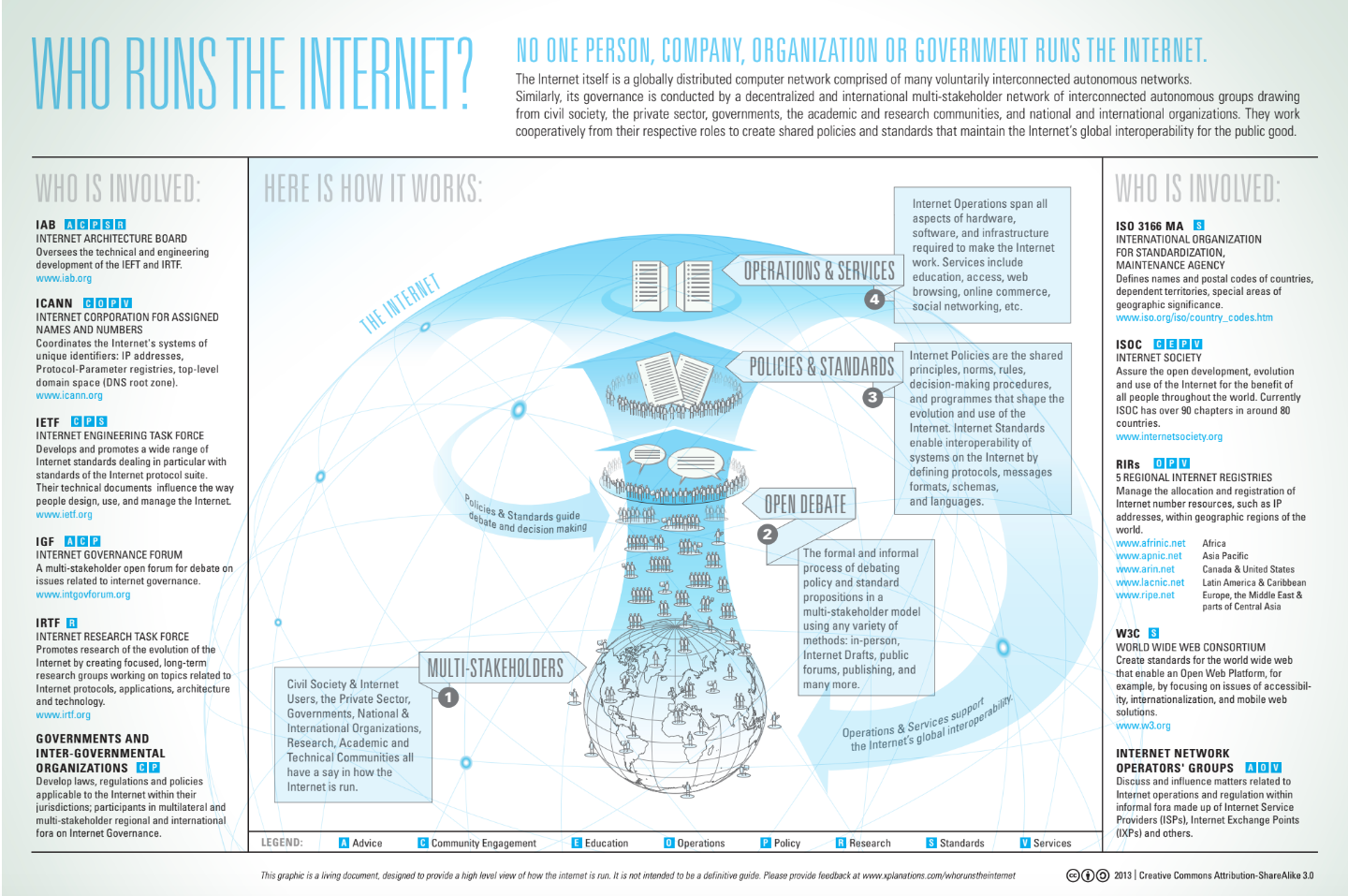
Figure 1 Who runs the internet? (ICANN, 2019)
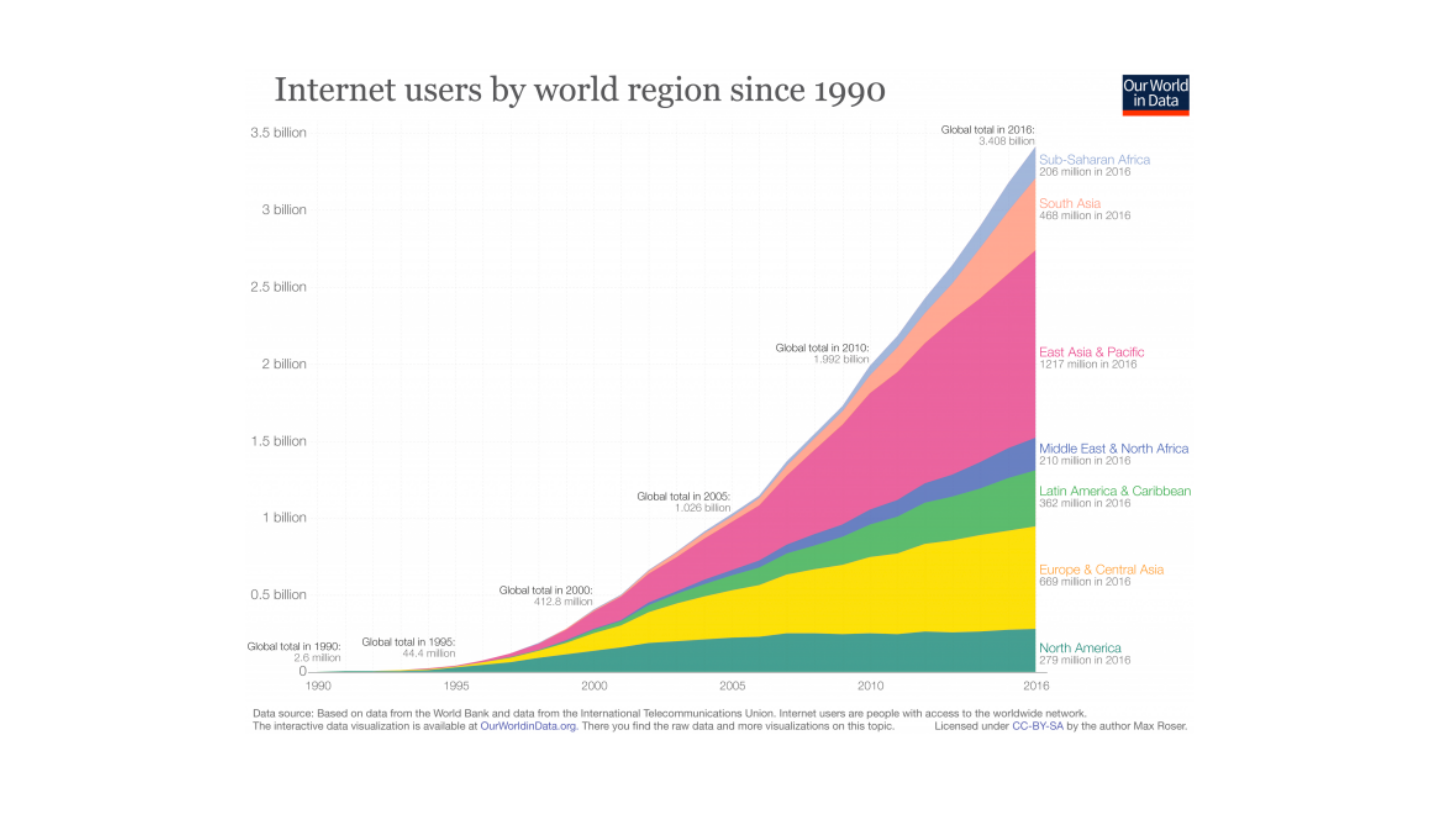
Figure 2 Internet users by world region since 1990 (Our World in Data, 2016)
The UN predicts that the world population will reach 9.8 billion in 2015 (2017). Figure 2 shows the growth of internet users from the birth of the internet till 2016. The population in 2016 was 7.4 billion and the number of internet users was 3.5 billion. This means that just over half the world population was an internet user. This growth trend was presumed to continue for the purposes of the scenario.
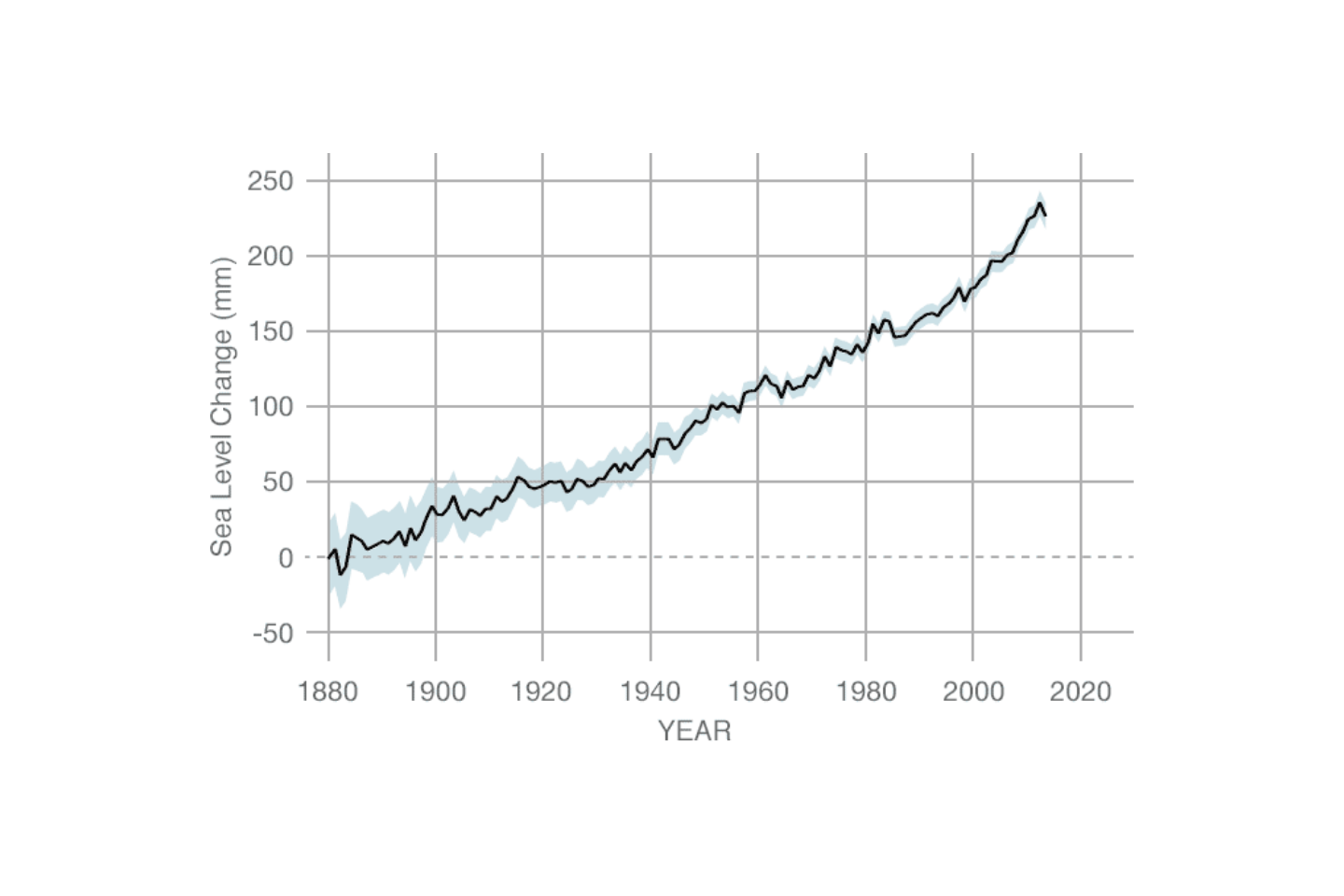
Figure 3 Sea level change (NASA, 2018)
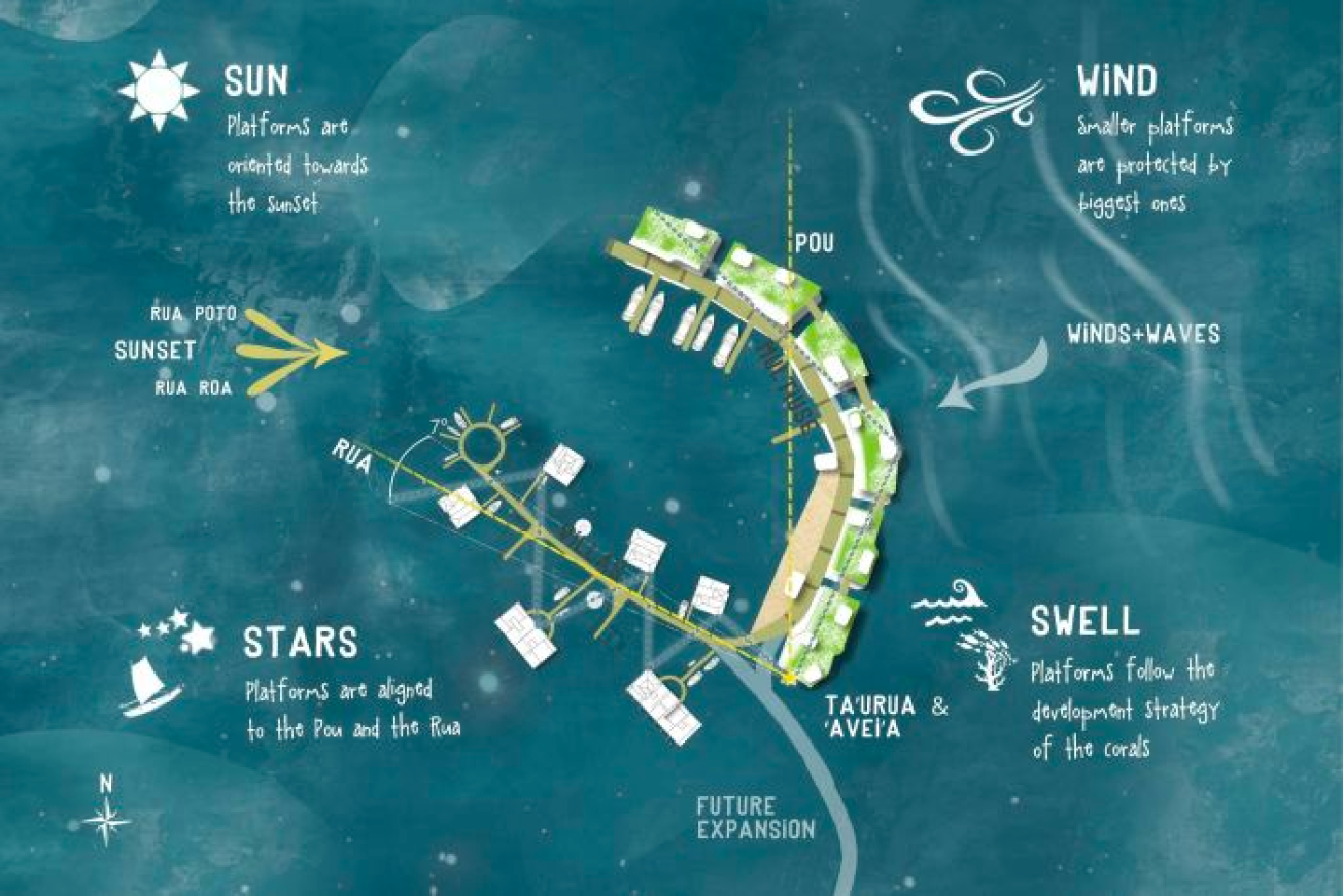
Figure 4 A concept design for Blue Frontiers’ French Polynesia floating community (Blue Frontiers, 2019)
Figure 5 depicts the waves of innovation from 1785 to 2020. The scenario is set in 2050, thirty years beyond the figure. The next wave of innovation is predicted to be bio-technology in the scenario. Microchip implants are currently being used as an alternative for keys, credit cards and train tickets by people in Sweden (South China Morning Post, 2018).
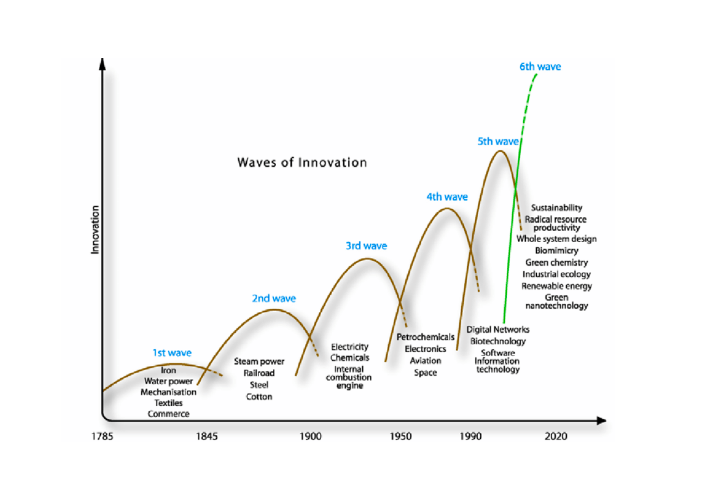
Figure 5 Waves of innovation (Mellalieu, 2019)
The microchip concept in the scenario is a slight evolution of this concept. That it is a microprocessor that runs the functionality for the augmented reality lens and connects it to the internet. Separate from the user’s cognition. However, beyond the future presented this could be a possibility. The microchip is implanted into the side of the users head to be provocative.
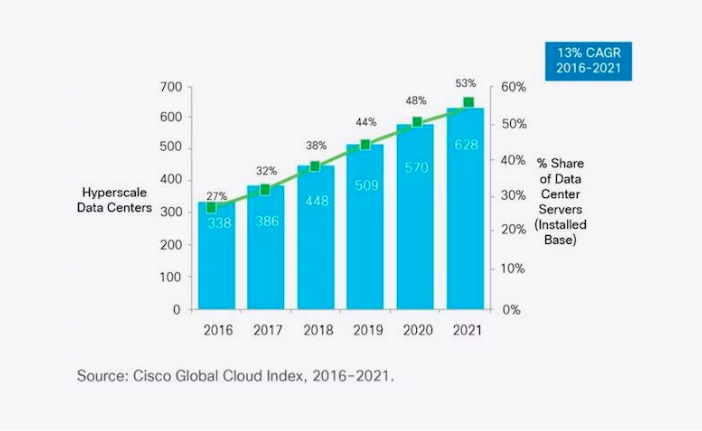
Figure 6 Global hyperscale data center growth (Cisco, 2018)
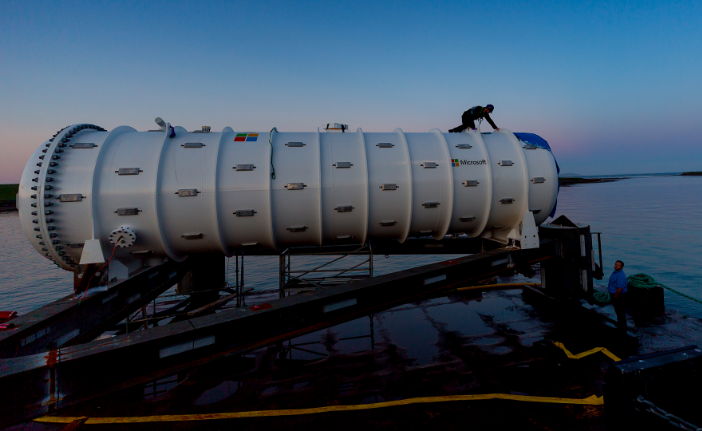
Figure 7 Microsoft underwater data center (Roach, 2018)
With more people using the internet naturally there would be a need for more data centres. With less land space and an abundance of space in the sea there could be potential to use the sea for storage. Figure 7 shows Microsofts submerged data centre. This was created as an experiment to see if data centres could be released quickly as and when needed.
I spoke to a data centre expert who believes that the idea of underwater data centres could work on a small scale. However, there would need to be thought put into using submerged data centres on a global scale. One major issue they pointed out was maintenance of small issues. They found it hard to imagine the expense of pulling a data centre up for a small issue would be financially viable.